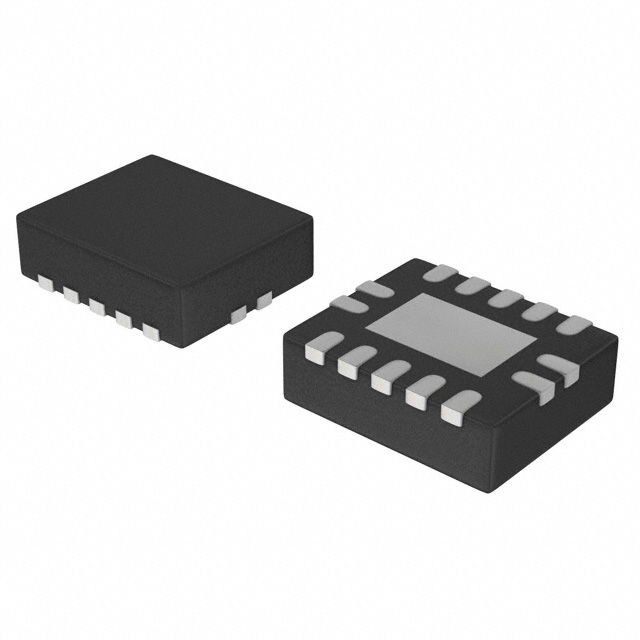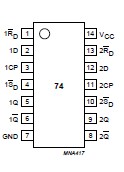74AHC74: Features: ` ESD protection:HBM EIA/JESD22-A114-A exceeds 2000 V MM EIA/JESD22-A115-A exceeds 200 V` Balanced propagation delays` Inputs accepts voltages higher than VCC` For AHC only:operates with C...
floor Price/Ceiling Price
- Part Number:
- 74AHC74
- Supply Ability:
- 5000
Price Break
- Qty
- 1~5000
- Unit Price
- Negotiable
- Processing time
- 15 Days
SeekIC Buyer Protection PLUS - newly updated for 2013!
- Escrow Protection.
- Guaranteed refunds.
- Secure payments.
- Learn more >>
Month Sales
268 Transactions
Payment Methods
All payment methods are secure and covered by SeekIC Buyer Protection PLUS.

 74AHC74 Data Sheet
74AHC74 Data Sheet








